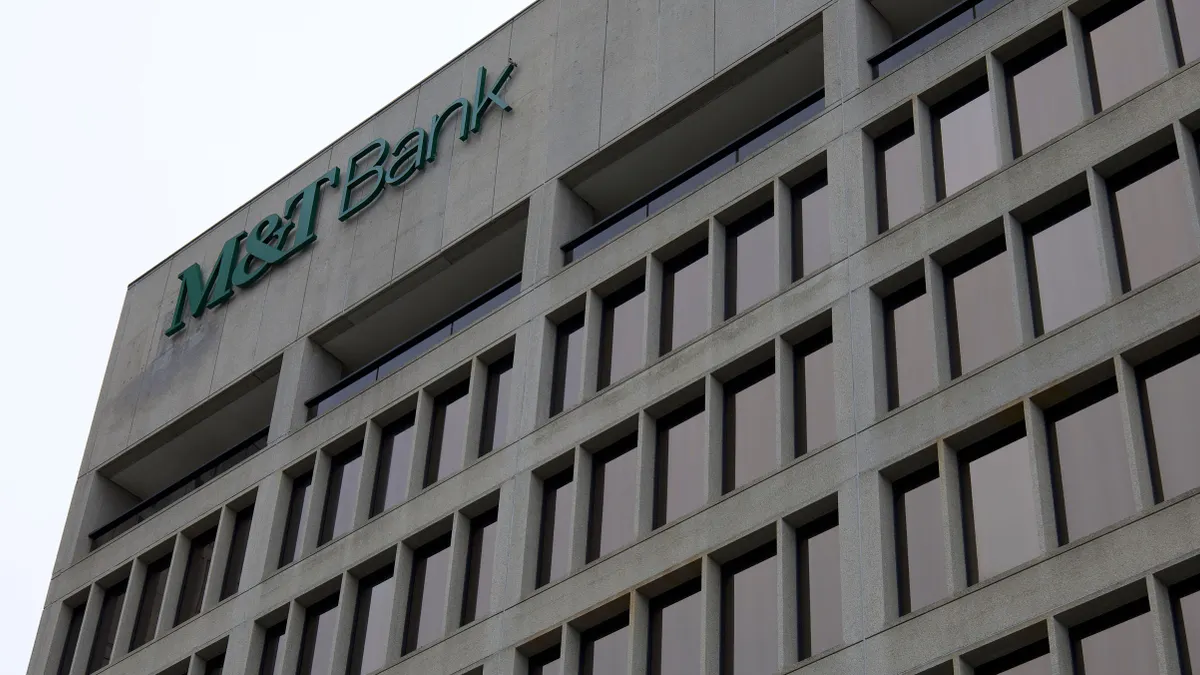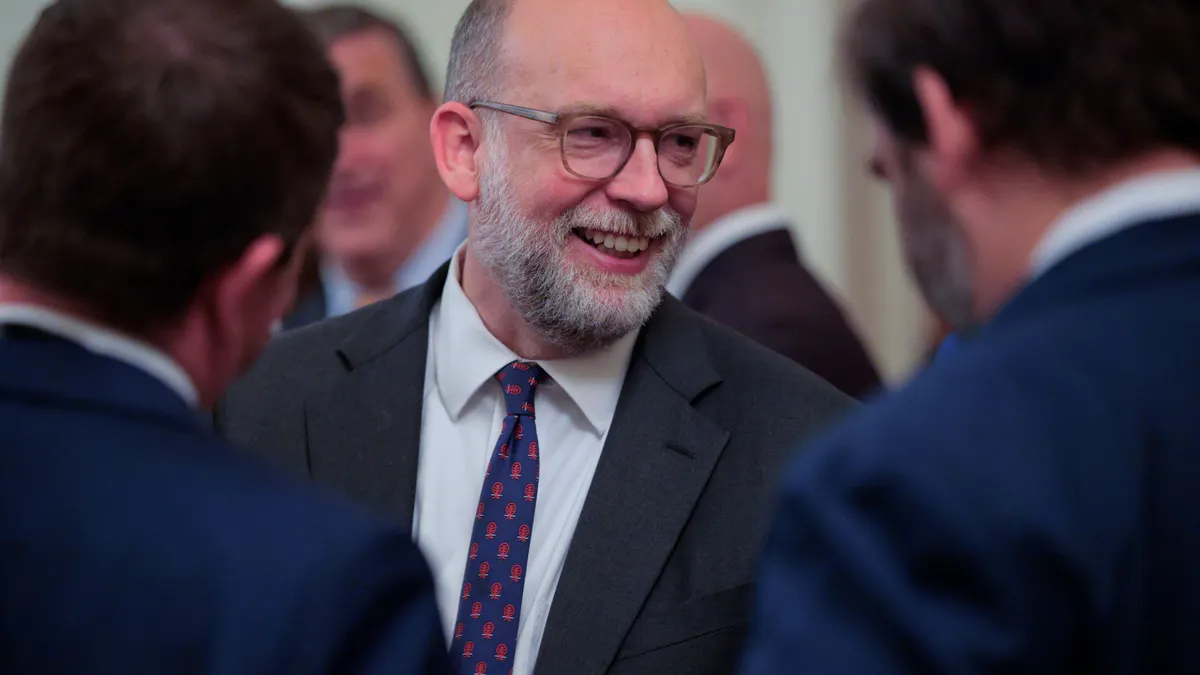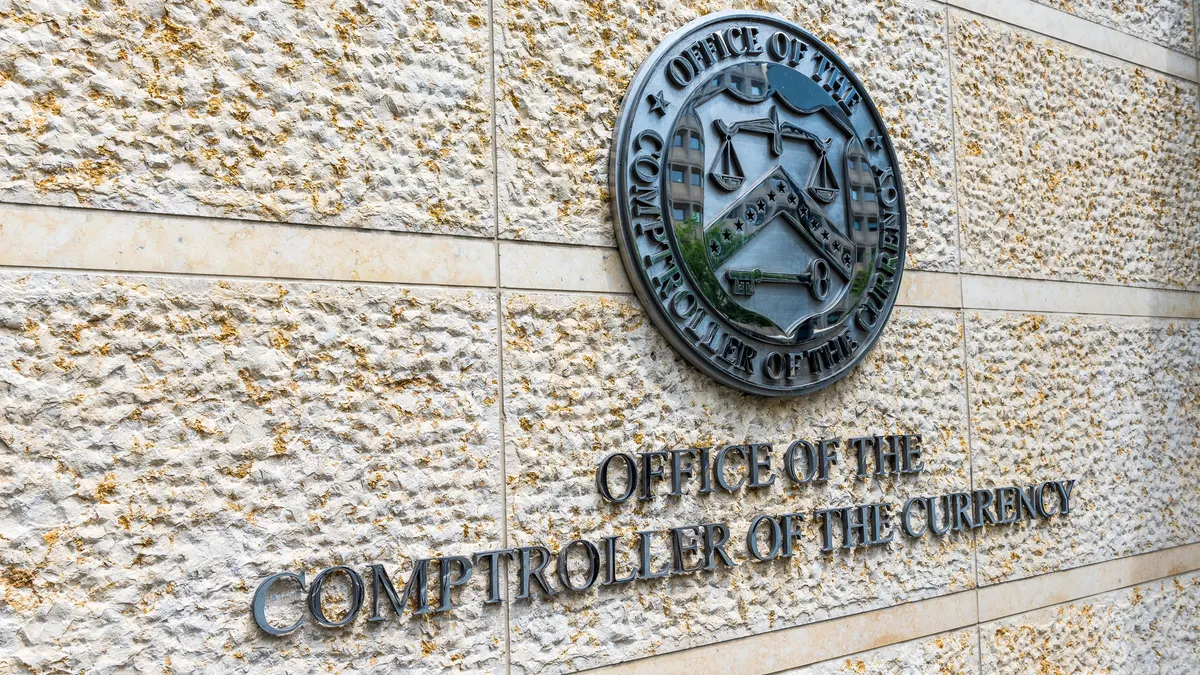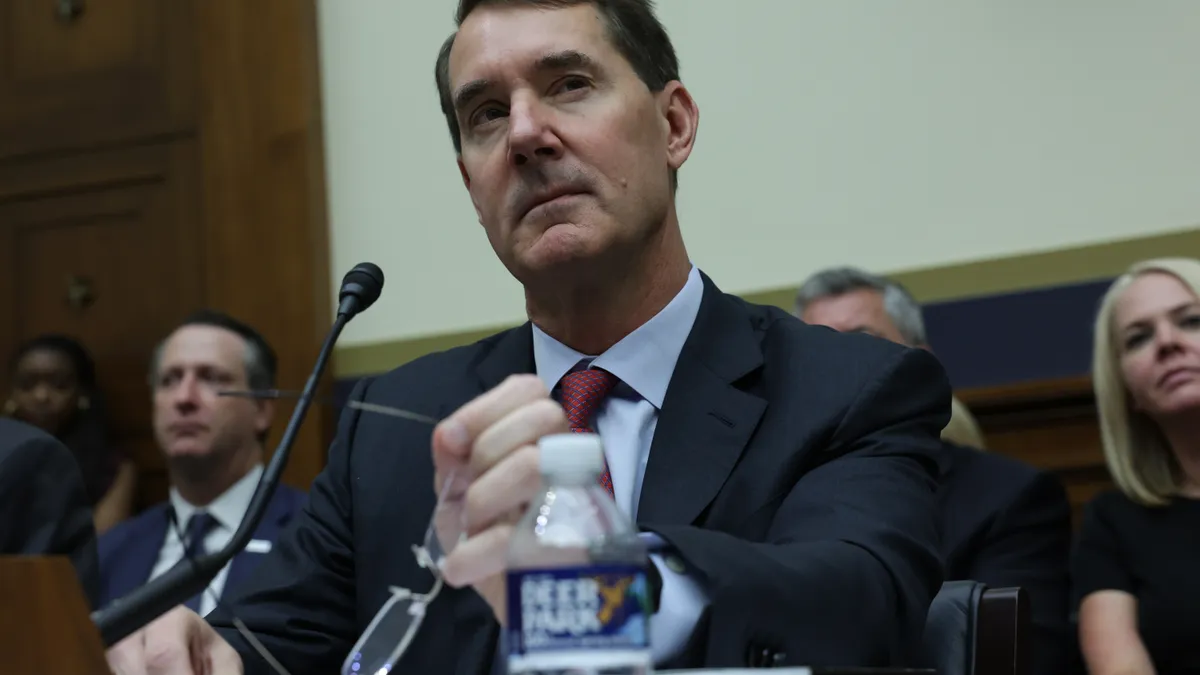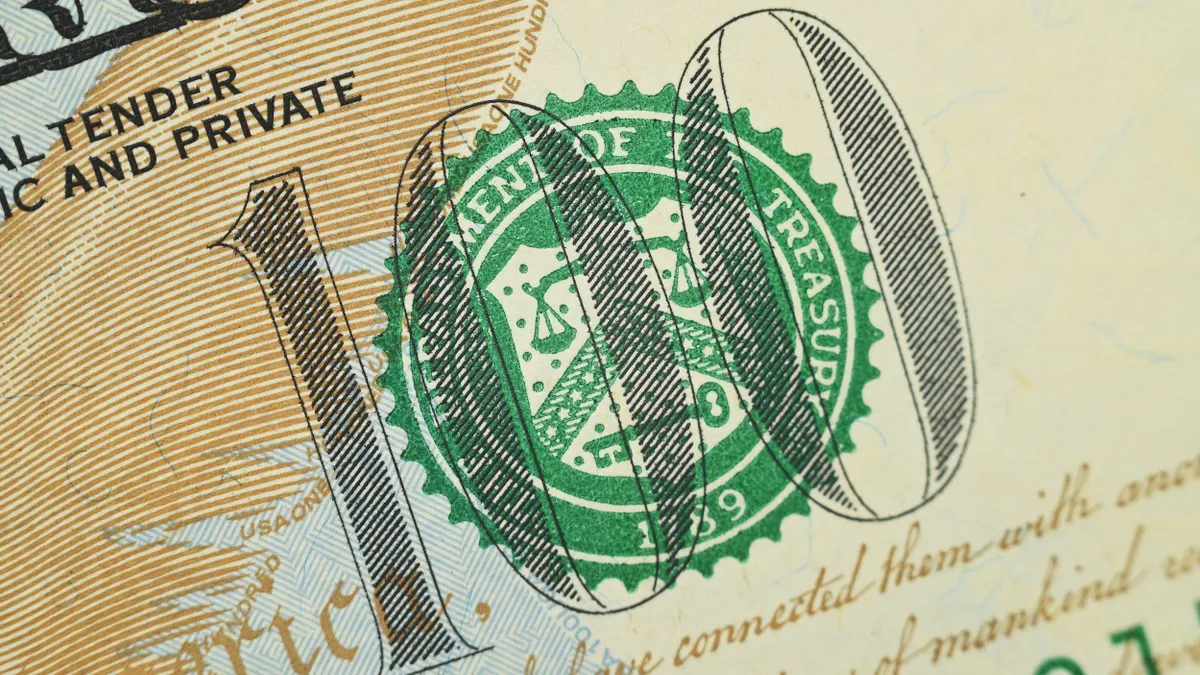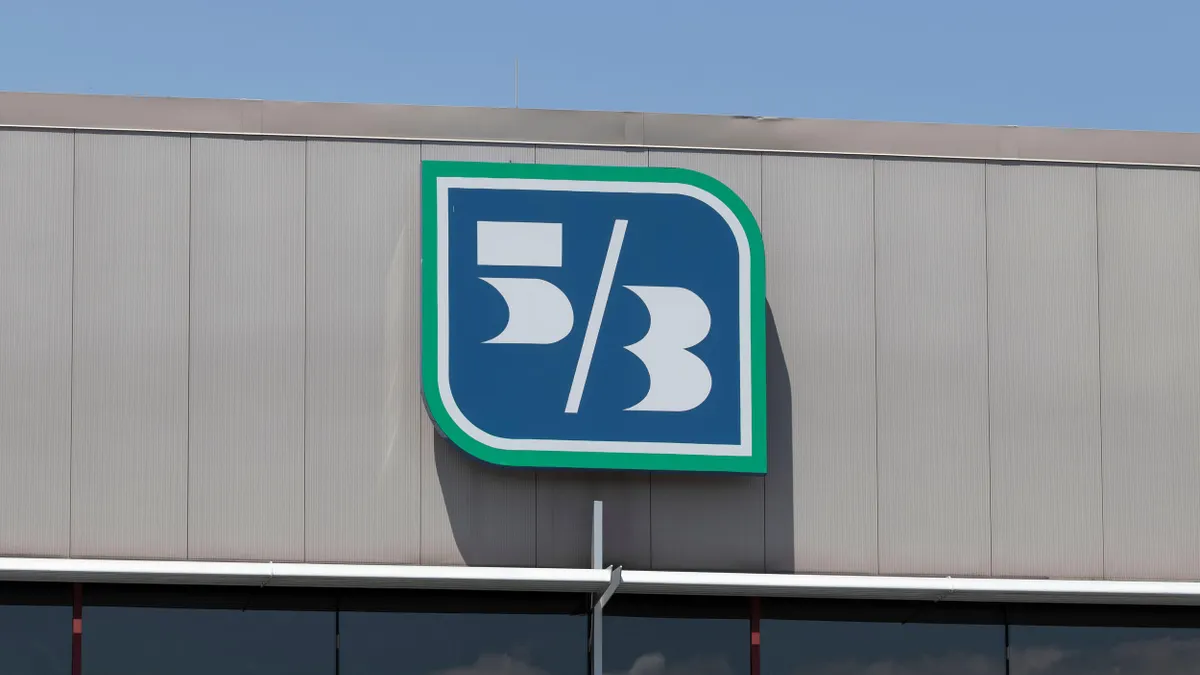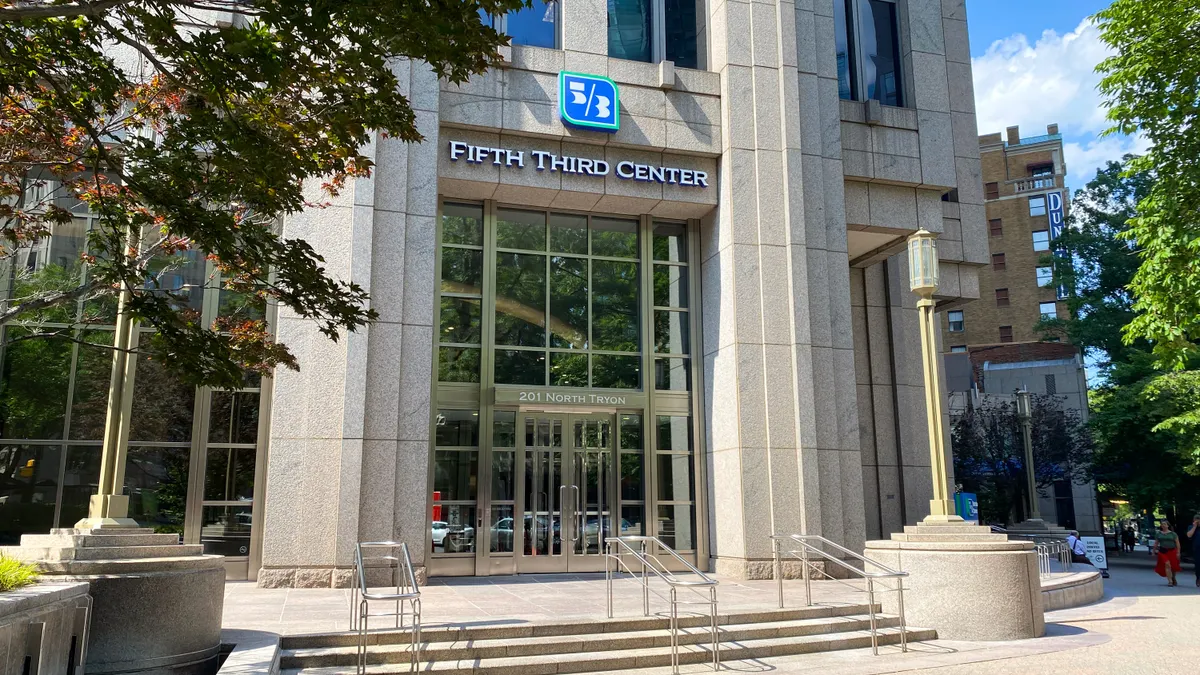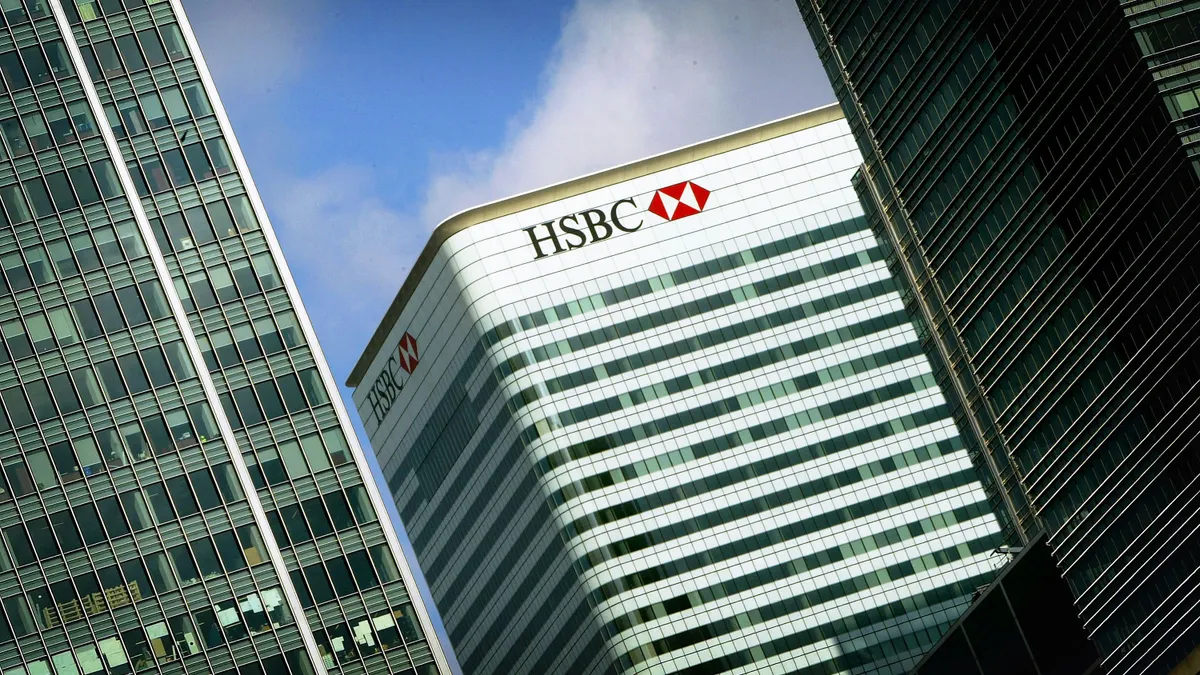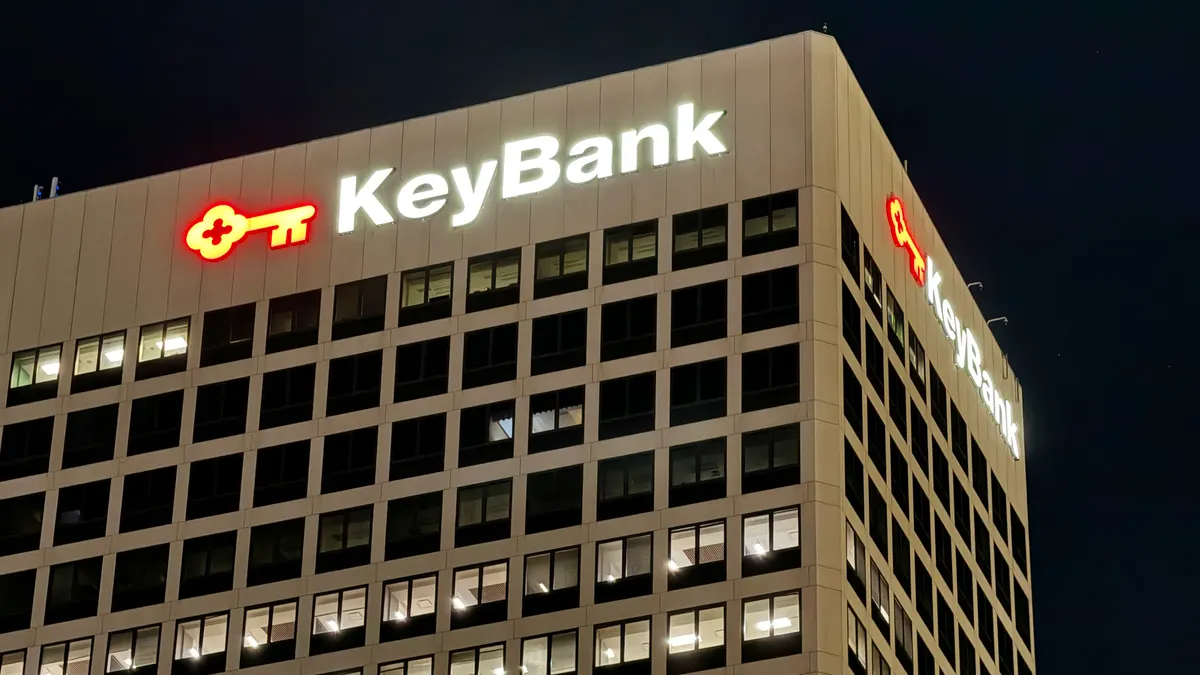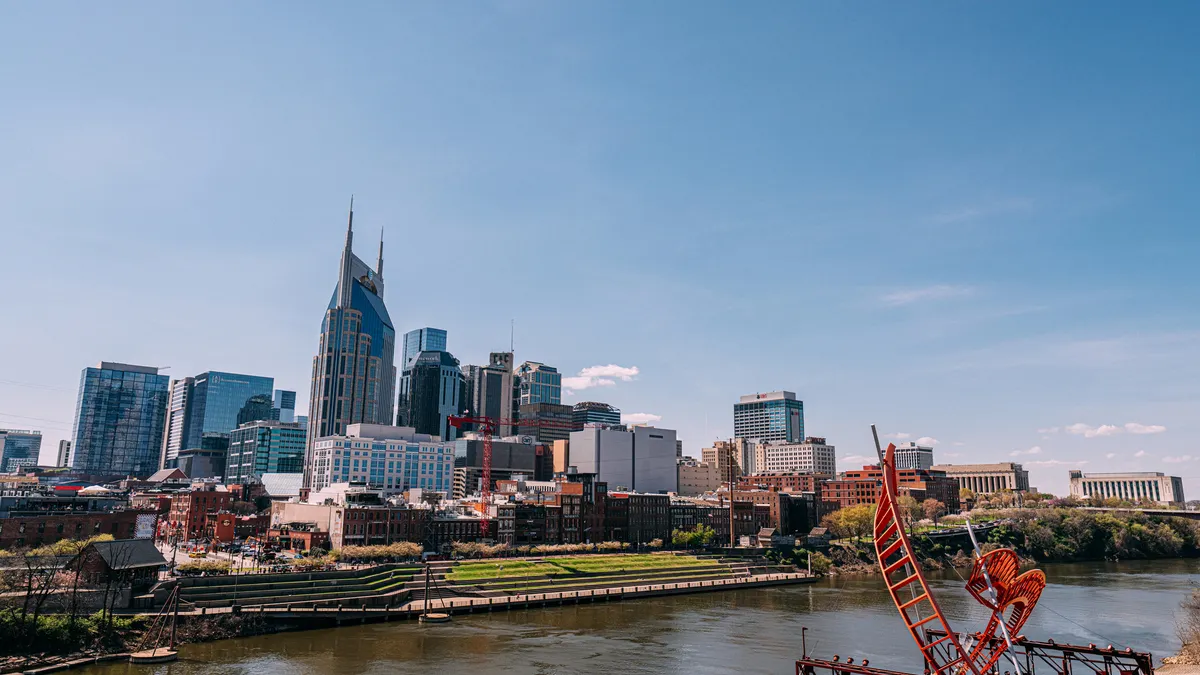As the U.S. deals with the impact of the coronavirus crisis, the federal government has given the banking system a critical role to play in helping individuals and small businesses weather the economic disruption.
Through stimulus checks worth $1,200 and the Paycheck Protection Program (PPP) that received a $320 billion infusion Friday, the government's coronavirus relief package has relied largely on banks to distribute fiscal aid. But some of the largest banks have been accused of borrower favoritism when it comes to disbursing the relief loans.
JPMorgan Chase, Citibank and U.S. Bank used a two-tiered system to prioritize the applications of their wealthiest clients, sources told The New York Times.
JPMorgan Chase, Wells Fargo, Bank of America and U.S. Bank, are also facing class-action lawsuits from small businesses alleging the banks prioritized existing customers and larger loans, which yield higher origination fees, rather than processing applications on a first-come, first-served basis.
Although the PPP is well-intentioned, these actions reflect a "structural flaw," in the program, Mehrsa Baradaran, a law professor specializing in banking law at the University of California, Irvine, told Banking Dive.
"We rely on banks, and banks can choose their customers," Baradaran said.
"The banks didn't have a legal obligation to do it, and that's the problem," she said, on providing the loans on a first-come, first-served basis.
And to be fair, some banks, such as Wells Fargo and, more recently, JPMorgan Chase, encouraged borrowers to seek out other lenders, Baradaran said, adding she doesn't think the lawsuits have a legitimate claim.
Regardless, the practice was "not a good look for the big banks," Ian Katz, an analyst at Capital Alpha Partners, told Bloomberg.
"The second time around, they should have a better feel for how to deal with it," he said.
The second coronavirus relief bill, which President Donald Trump signed Friday, includes a $60 billion carveout for banks and credit unions that have $50 billion or less in assets — meant to give the smallest businesses fair access to the funds.
The program also caps, at $60 billion, the amount large banks with more than $50 billion in assets can loan. Lenders under the $50 billion threshold will not be subject to the cap.
While the first rollout of the PPP has generated negative press for some banks, the crisis has also given financial institutions an opportunity to prove they can assist their customers in the worst of times, said David Zaring, a professor of legal studies and business ethics at the University of Pennsylvania's Wharton School.
"Rather than being rescued, [banks] have been the conduits of the rescue for the Fed and the Treasury Department," Zaring told Banking Dive, comparing the pandemic to the 2007-08 financial crisis. "Banks are being encouraged by the government and provided the liquidity to really be friendly neighborhood bankers at a time when their customers need them. There's certainly a chance for banks to build relationships with their customers that could lead to lasting ongoing post-crisis relationships that could be good for banks."
That could allow lenders to emerge as "heroes" once the crisis ends, Nick Ford, co-manager of the U.S. Opportunities Fund and U.S. Smaller Companies Fund at Premier Miton Investors, told CNBC.
"I think there's a huge opportunity for the U.S. banking system to come out of this as very much the good guys — as the heroes," Ford said.
Community banks, especially, have been able to showcase their strengths while catering to small business during the PPP process.
Almost 20% of the original PPP money was processed by lenders with less than $1 billion in assets, and about 60% from banks with $10 billion or less in assets, according to Bloomberg.
"The smaller banks were able to get these loans out efficiently. They have relationships with small businesses," Baradaran said. "And they're in the communities where a lot of other banks left."
Community banks such as First American Bank have had to allocate resources from virtually every area of the bank to keep up with the demand for PPP loans.
"We've moved people on our legal team, so paralegals and compliance staff that may have been working in other areas are now doing documentation," Brian Hagan, the bank's Florida market president, told Banking Dive this month. "The same thing goes for loan operations. If you were working in retail or some other area, you're now helping out on the commercial volume because the PPP program has so much volume."
Community banks have also found creative ways to help their members get access to their stimulus checks.
Citizens Bank of Edmond in Oklahoma began offering a no-interest overdraft line this month that customers can repay once they receive their $1,200 government stimulus checks.
The bank's CEO, Jill Castilla worked with serial entrepreneur Mark Cuban to craft the program. A similar initiative was adopted by the digital bank Chime.
Fintech's time to shine
Fintechs have voiced frustration over not being been given equal access to the PPP money. Many nonbank lenders were approved just days before the program ran out of funds and, unlike banks and credit unions, they still don't have access to the Federal Reserve’s credit facility, a tool they say would help them fund more loans.
Fintechs are also excluded from the $60 billion carveout set aside for smaller banks, a decision nonbank lenders such as Funding Circle say will once again keep small businesses from getting the funds they need.
Heading into the second round of PPP, Funding Circle had thousands of applications queued — 61% for loans under $50,000, and 95% for loans under $350,000, Ryan Metcalf, head of U.S. regulatory affairs at Funding Circle, told Banking Dive last week.
By those metrics, Funding Circle should have been included in the $60 billion allocated for smaller institutions, he said.
"I hope there is another round, and I hope that [Congress] can fix that mistake," Metcalf said.
The fintech sector is eager to participate, with Funding Circle, Kabbage and BlueVine lobbying Congress for the ability to assist with the loans from the start of the pandemic.
PayPal and Square were not only approved to become direct lenders, but were also allowed to disburse stimulus checks.
Digital bank Current delivered the checks to its customers days ahead of most traditional banks, crediting accounts the day it received the funds from the Federal Reserve.
"We're able to very quickly ... make modifications in ways that traditional banks aren’t motivated to do, or are simply too slow," Adam Hadi, Current's vice president of marketing, told Banking Dive this month.
Meanwhile, some of the country’s largest banks, including JPMorgan Chase, PNC and U.S. Bank suffered interruptions to their websites the day millions of Americans began receiving their checks.
Marcey Zwiebel, the director of public relations at PNC Bank, attributed the bank’s issues to an unprecedented volume of customers checking their accounts for the stimulus.
Help welcome
As Round 2 of the PPP kicks off, fintechs will have the chance to flex their ability to deliver from the start.
"We welcome the help in getting these loans out there," Hagan said. "But it's not as easy as it sounds, so I think a lot of the fintech companies are discovering they can't just jump right into this quickly. But we certainly welcome some more robust distribution vehicles for these loans because it'll be impossible for the community banks and even the major banks to keep up with the demand."
The $320 billion infusion of PPP funding is expected to be depleted in as little as two days.
The next challenge for fintechs may be to ensure the opportunity to let them lend at an unprecedented rate continues post-crisis.
"We've been trying to work with the [Small Business Administration] for over a year," Metcalf said. "And the SBA has refused to allow us to participate in the 7(a) program, up to this point.
"In the future, when we move into the recovery phase once PPP is over, lending will still have to happen, but it's not going to happen without the support of the government," Metcalf said. "And so the thing I'm focused on now is recovery. How do we make sure that we can keep lending post-PPP?"
Looking to the future
"I think what the virus has done is really exposed some of the weaknesses in the banking system," Baradaran said, adding she hopes lawmakers will pay close attention to the lasting impacts the crisis will have on underserved communities. "A crisis is a hard time to do structural reform, but there are lots of people who constantly live in a state of crisis, and we need to make sure that we all recover."
A group of lawmakers, including House Speaker Nancy Pelosi, D-CA, and Senate Minority Leader Chuck Schumer, D-NY, have called on the Trump administration to set aside $10 billion of the PPP for minority-run banks and community lenders.
"These institutions' specific mission to serve low-income, rural, and minority small business owners and communities uniquely positions them to increase the amount of PPP loans that reach our underserved businesses," the lawmakers wrote Sunday in a letter addressed to the Treasury and the SBA. "These businesses are the heartbeat of the diverse communities they serve and are particularly vulnerable during this crisis."
"One of the lessons from the financial crisis is, you have to measure recovery not on the whole, but looking specifically at certain communities, like black homeowners who lost homes during the financial crisis and never recovered," Baradaran said. "The black-white racial wealth gap increased during the last crisis. Those are things to watch coming out of this one, as well."



